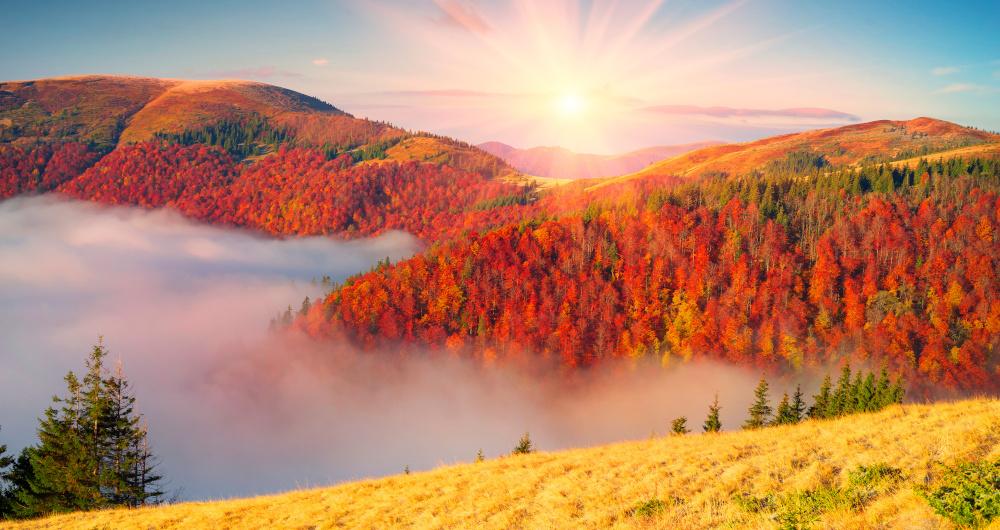1. Great Smoky Mountains National Park
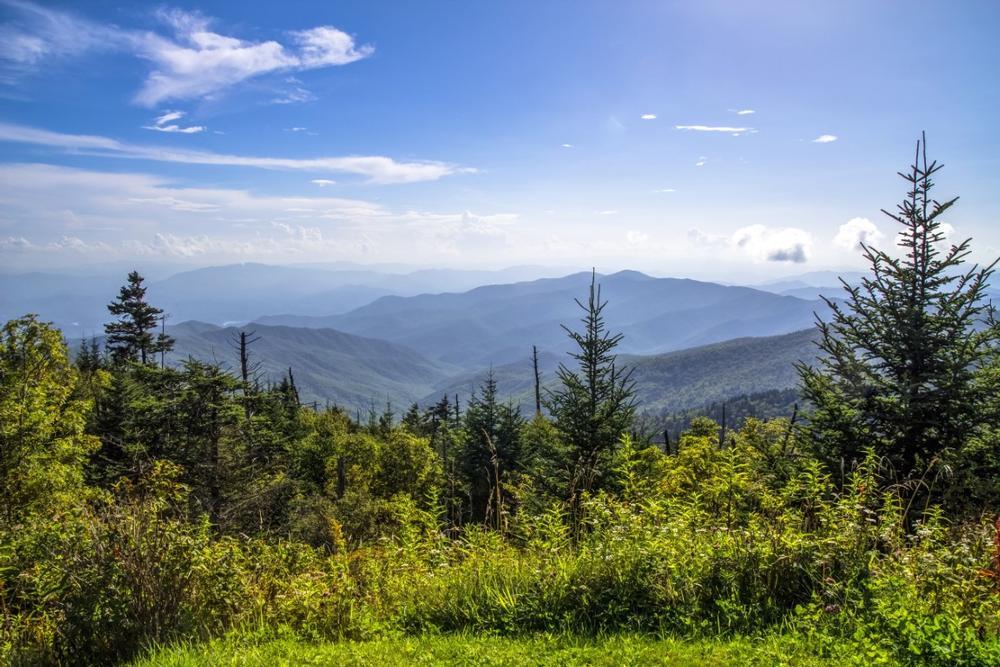
Laying across the border between Tennessee and North Carolina, Great Smoky Mountains National Park is known for its magnificent mountains and its incredible diversity of plant and animal life. It's the most visited national park in the country, and it's easy to see why. You can hike for miles through old growth forests and past rushing waterfalls. Blooming wildflowers can be seen year-round.
The Sugarlands Visitor Center offers informative exhibits for people who want to learn more about the park, and if you want to minimize your hiking time, you can drive along the scenic Newfound Gap Road.
2. Arches National Park
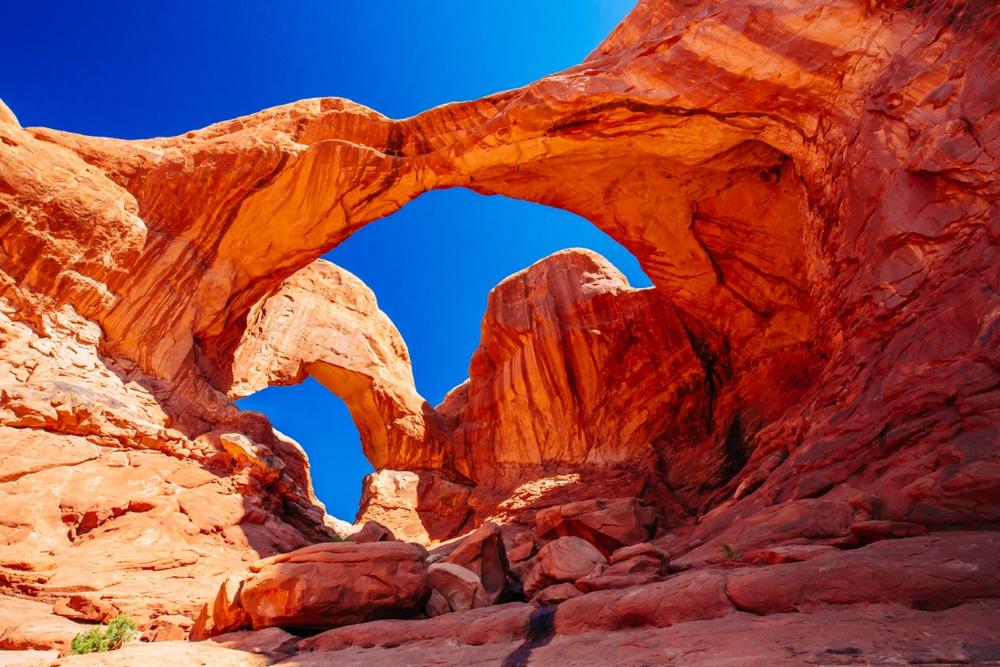
Famed for its spectacular red rock formations, Arches National Park is a wondrous place unlike anywhere else in the world. The park is best known for its 2,000 rock arches, but there are plenty of other incredible formations as well, including rock spires and enormous balanced boulders. A scenic 18-mile road makes it easy to access many of the biggest and best-known rock formations in the park, but if you want to get off the beaten track, there are also hiking trails for people of all ability levels. Ranger-led hikes are offered throughout most of the year.
3. Badlands National Park
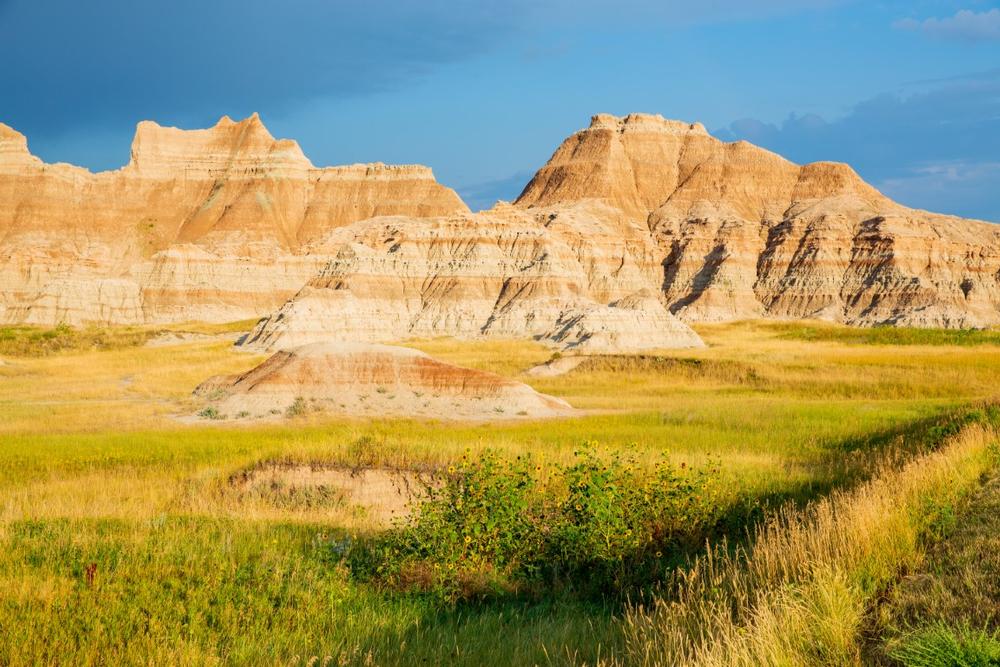
Despite its intimidating name, Badlands National Park is one of the best parks in the entire country. It boasts a rugged landscape dotted with colorful layered rock formations and plunging canyons, and while you'll see plenty of unforgettable views simply by driving along the Badlands Loop Road, hikers will find some excellent trails starting at the Ben Reifel Visitor Center. The park is also home to one of the richest fossil beds in the world, and visitors can stroll along the Fossil Exhibit Trail boardwalk to see some incredible examples of fossils that have been uncovered in the park.
Parks for Couples
4. Bryce Canyon National Park
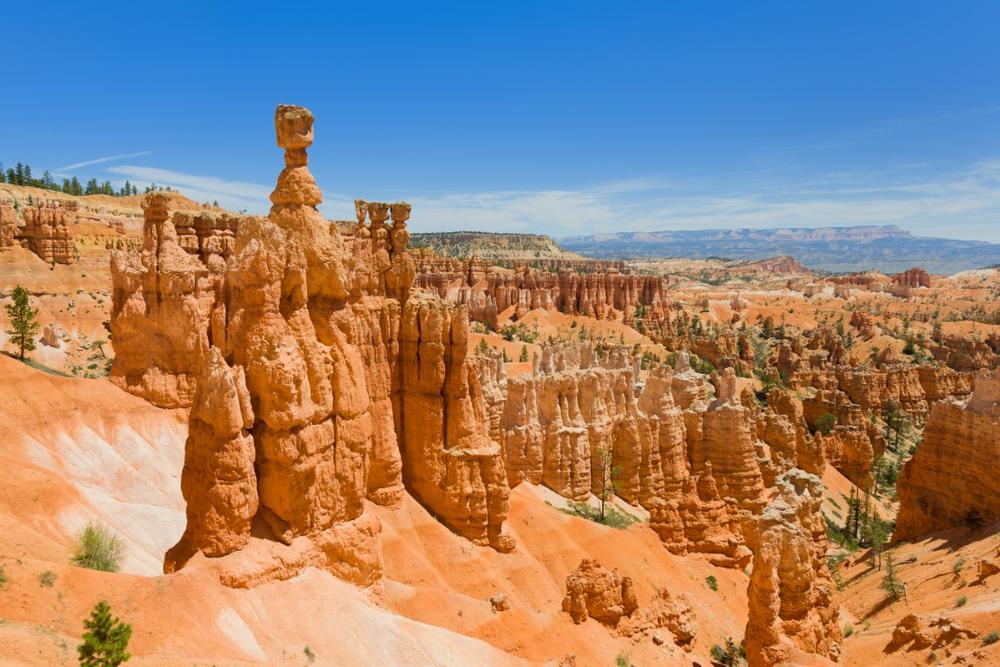
Yet another park known for its otherworldly rock formations, Bryce Canyon National Park is centered around a jawdropping canyon filled with dramatic orange hoodoos. The highlight of the park is the Bryce Amphitheater, which can be seen from four different viewpoints; the landscape is breathtaking no matter what the time of day, but the colors are best at sunset and sunrise. Spectacular views can also be had by hiking along the Navajo Loop, the Fairyland Loop, and the Bristlecone Loop. A complimentary shuttle service is available between the middle of April and the middle of October, but visitors can also drive their own vehicles.
5. Canyonlands National Park
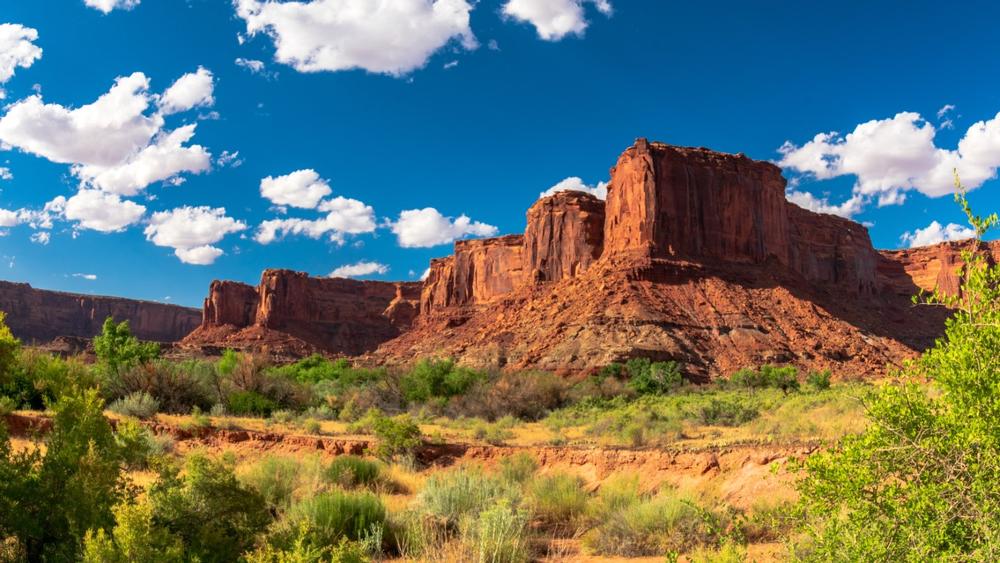
Just outside the town of Moab, Canyonlands National Park encompasses a rocky, colorful landscape that has been carved into majestic rock formations by the Colorado River. The park is divided into four distinct sections, each with its own character, and visitors can also boat or whitewater raft down the river and its many tributaries. The Island in the Sky features easy to moderate hiking trails and a scenic driving route that makes it the best choice for most first-time visitors, but anyone seeking a more rugged, remote experience can head to the Needle or the Maze.
6. Crater Lake National Park
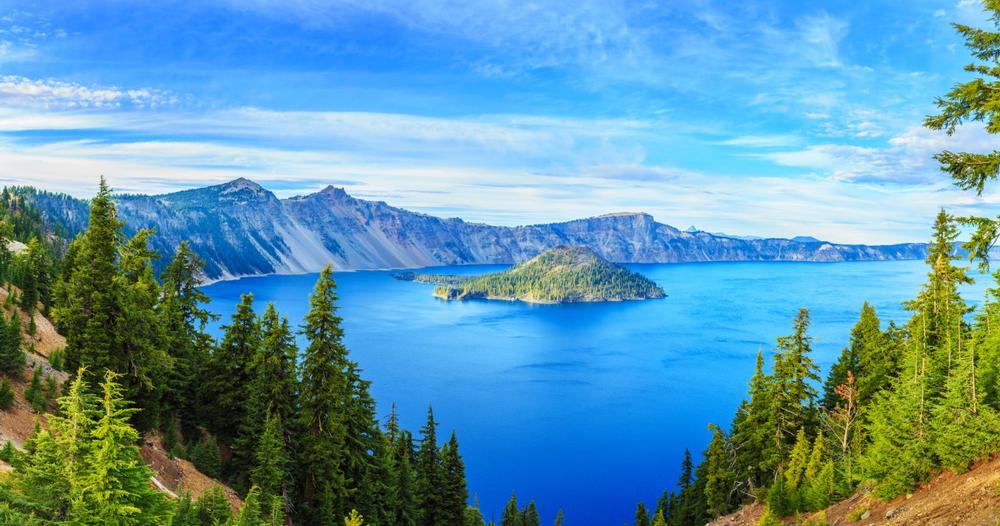
Founded in 1902, Crater Lake National Park is home to the deepest lake in America, which was formed by a volcanic eruption approximately 7,700 years ago. A scenic 33-mile driving route runs around the rim of the crater, providing plenty of spectacular views, and visitors can also hike down to the lake to fish and swim. Between early July and early September, narrated boat rides take visitors around the entire lake.
The park is open during the winter as well, and although the lake is frozen over, visitors can cross-country ski, snowmobile, and participate in ranger-guided snowshoe tours.
Family-Friendly Parks
7. Death Valley National Park
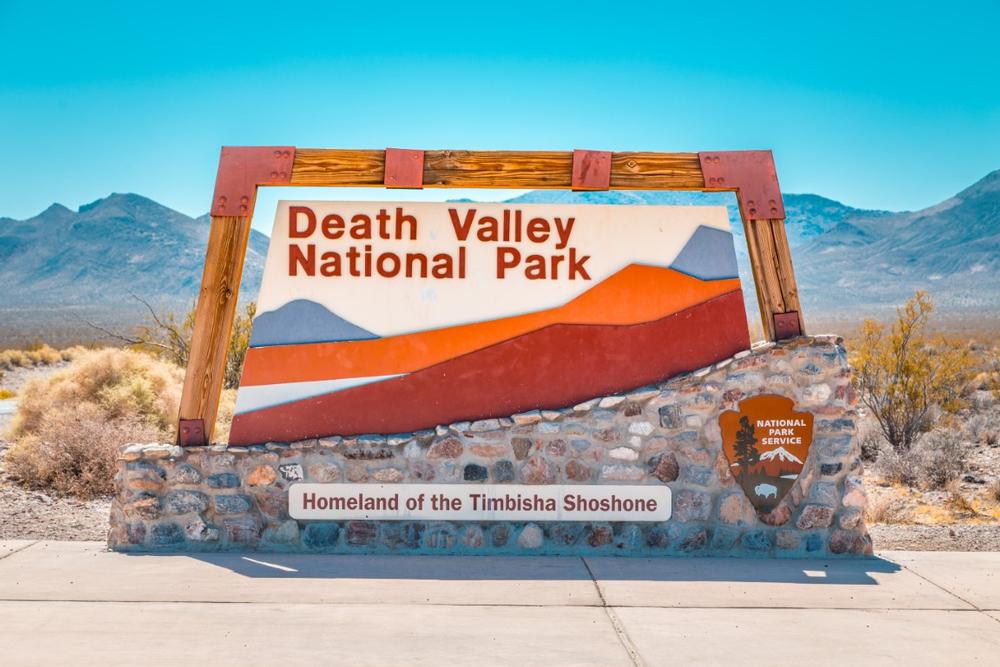
Death Valley National Park might not sound like the most pleasant place to visit, but contrary to what you might expect, it's a vibrant destination filled with plants and animals that have adapted to living in one of the driest, hottest places on Earth.There are plenty of hiking trails, but many of the top sights can be reached by car, including the salt flats of Badwater Basin and the colorful hills of Artists Drive. If you need to escape the heat, you can tour the underground tunnels of Scotty's Castle or watch the park film in the Visitor's Center.
8. Denali National Park

Located in the middle of Alaska, Denali National Park isn't the easiest national park to get to, but it's certainly one of the most rewarding.The centerpiece of the park is the 20,310-foot Denali Peak, but the entire landscape is truly spectacular, and there are plenty of hikes starting from the Visitor's Center and from the many of the places the park's tour bus stops at. If you want a serious challenge, you can even try to summit the mountain, but be aware that all hikers are required to register with the Denali National Park and Preserve at least two months before attempting the climb.
9. Dry Tortugas National Park
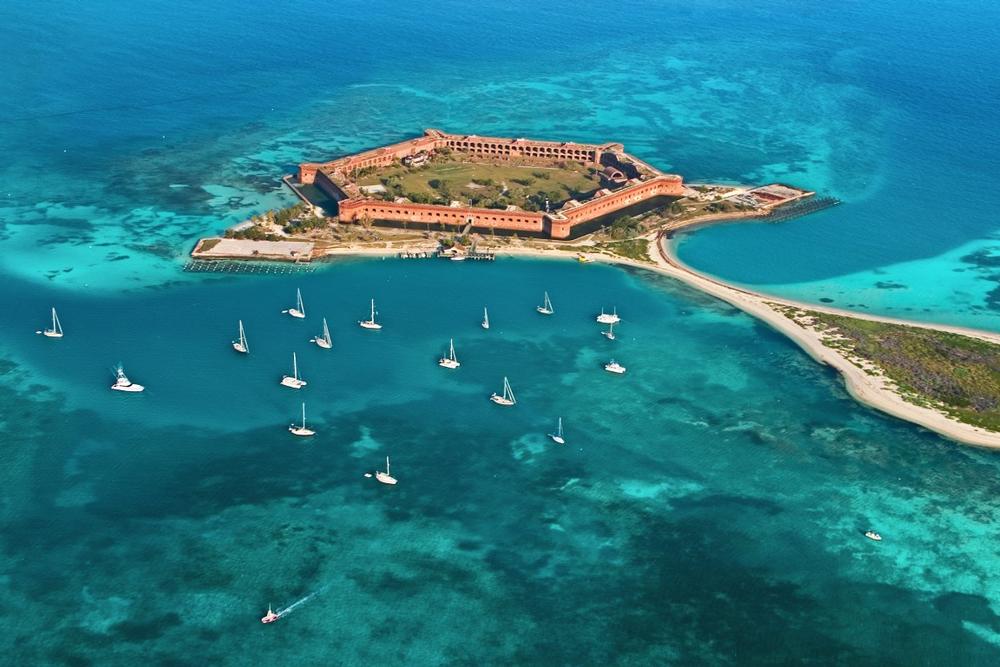
Only 70 miles away from Key West, Dry Tortugas National Park encompasses seven small islands dotted across the Gulf of Mexico. One of the islands is home to Fort Jefferson, and the rest are excellent for birdwatching and picnicking. As more than 99% of the park is covered by water, there are also some truly incredible opportunities for snorkeling, including the Little Africa Reef and the Windjammer shipwreck. The islands themselves can only be reached by boat or by seaplane, and if you don't have your own vessel, public ferries leave from Key West on a regular basis.
10. Everglades National Park
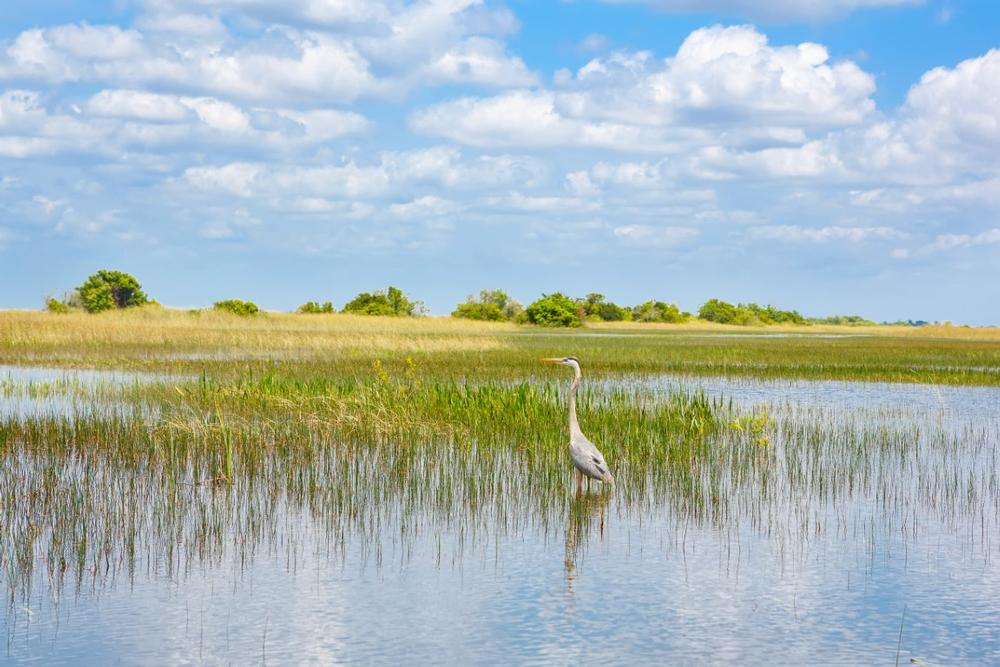
Sitting at the southern tip of Florida, Everglades National Park encompasses an incredibly diverse range of terrain, including marshland, pine flatlands, and mangrove forests. Contrary to popular belief, visitors can't take airboat rides in the park itself (video), but there are all sorts of other things to do, including birdwatching, fishing, and exploring the waterways with your own boat or as part of a ranger-guided tour.
There are also plenty of different hiking trails, many of which have boardwalks that lead right over the marshes, and the Visitor Center also offers guided two-hour tram tours.
Plan Your Trip


